
All categories
Featured selections
Trade Assurance
Buyer Central
Help Center
Get the app
Become a supplier

(6695 products available)

















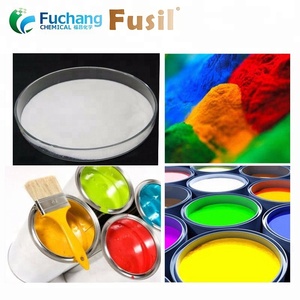









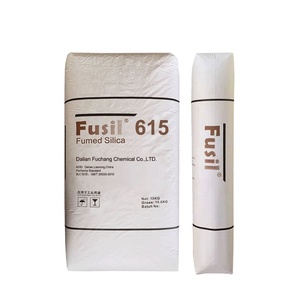
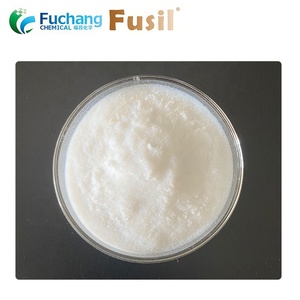

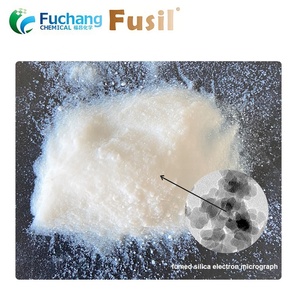
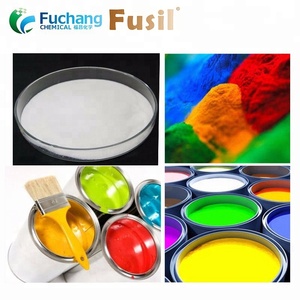



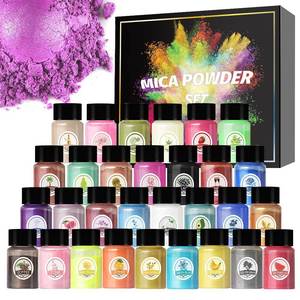










Silicon dioxide, popular as silica, has various applications depending on the desired sio2 color. Here are the main types of Sio2 color:
Pure SiO2
A characteristic feature of Pure SiO2 is its transparent and clear appearance. This type of SiO2 is mainly mined from quartz sand and is used in making glass. Pure SiO2 can be in crystal form or in amorphous state. In the amorphous form, SiO2 appears as a powdery substance while in the crystal form its structure can be seen. Asides glass, Pure SiO2 is also used in manufacturing windows, optics, and even electronic components.
Brown SiO2
Brown SiO2 differs from Pure SiO2 in that it has impurities which are often iron oxides and other minerals. These impurities give it a brownish color and consequently makes it less transparent than the pure one. Through heating or chemical treatment, Brown SiO2 can still be transformed into a more pure state. Its applications range from foundries to abrasives and casting.
Red SiO2
Usually, the red coloration in Red SiO2 is as a result of high iron content. This leads to the identification and classification of some types of brown SiO2 as Red SiO2. One common use of Red SiO2 is in the production of certain types of glass that require high durability. A prominent example is in the construction of stained glass.
Yellow SiO2
Yellow SiO2 is characterized by iron and aluminum oxide impurities. The Red SiO2 and Yellow SiO2 types are closely related in composition and this leads to the coming together of some of their applications. Yellow SiO2 is often used in ceramics where the color can be an aesthetic or functional property.
Black SiO2
The color black in SiO2 is caused by manganese, titanium, and iron inclusions. Often, black SiO2 is used in high-temperature applications because of its high resistance to heat. Moreover, the electric conductivity and abrasive properties of Black SiO2 render it usable in the manufacture of ceramics and electronic components.
Silicon dioxide (SiO2) has a wide range of applications in different industries depending on its color. This ability of SiO2 to have different uses arising from its different colors is based on the fact that each color signifies different levels of purity and types of mineral inclusions. Here are the various applications:
Construction Industry
Yellow sand is a vital component in construction work since it is used to produce concrete, mortar, and other building materials. Brown, red, and black SiO2 are also used although in a smaller proportion. In these sands, their robustness and resistance to wear make them suitable as aggregates in concrete and other construction materials.
Glass Making
Pure SiO2 is the most key ingredient in the production of glass. Its white sand form is processed to remove impurities and then melted down to produce the glass structures known to all. In specialized glass like pottery and stained glass, other varieties of SiO2 like Brown and Red SiO2are also used.
Ceramics
Silicon dioxide in the form of clay is used to produce various ceramic materials. In this case, Yellow and Red SiO2 are used where their coloring provides additional aesthetic properties. Therefore, the SiO2 is responsible for the development of ceramic body strength and durability during firing.
Metallurgy
In the metals industry, SiO2 serves a critical role as a flux during the extraction and purification of metals. This is particularly true in steelmaking where silicon dioxide is used to remove impurities such as sulfur and phosphorus thus improving the quality of the end metal product. Additionally, SiO2 aids in the formation of slag which protects the molten metal from atmospheric oxidation.
Electronics
Silicon dioxide is one of the key insulating materials used in the electronics industry. In this industry, pure SiO2 is used in the manufacturing of semiconductors, integrated circuits, and other electronic components due to its ability to form a high-quality dielectric layer. Brown sand can also be used in electronic applications. Its high stability makes brown sand suitable for high-precision components in the electronics industry.
Abrasives
Both Brown SiO2 and Black SiO2 are used in making abrasive materials like sandpaper and grinding wheels. A common characteristic of these materials is their hardness and durability which enable them to effectively remove material from workpieces during machining operations.
Various types of silicon dioxide exist in different colors and are all useful in the industry. In terms of product specification, all these types of SiO2 share some properties. However, their applications are determined mostly by their colors:
Key features
The purity level of SiO2 determines its industrial application. For example, white sand has over 99% silica and is used in high-end applications such as glass and electronics. On the other hand, the red, brown, and yellow varieties have lower percentages of silica and higher levels of minerals like iron and aluminum.
The grain size and shape of SiO2 particles are important in determining their use in the various industries. Irregularly shaped grains are ideal for abrasive applications because of their increased surface area. On the other hand, rounded grains are preferred in casting and construction due to their flow properties.
The colors of the SiO2 are determined by impurities in the sand. Take for instance, the presence of iron leads to brown or red SiO2 as discussed earlier while manganese contributes to the formation of black SiO2. These impurities affect the physical and chemical properties of the Silicon Dioxide.
Product durability
The durability of Sio2 is largely influenced by the impurities and the type of minerals constituents in it. Similarly, SiO2 with higher iron content, like red and brown SiO2, has greater chemical stability and is therefore suitable for high-temperature applications. Moreover, SiO2 with less purity such as yellow and brown are used in non-transparent glass and ceramics specifically designed for structural purposes.
How to Use
Silicon dioxide in its various forms has diverse industrial uses as previously discussed in this article.
For example, pure SiO2 is used to manufacture glass, window panes, and electronic components after being purified of impurities. In construction, yellow SiO2 is used as a component in concrete and mortar for building homes and infrastructure. Besides, brown, red, and black SiO2 are utilized in making pottery, ceramics, abrasives, and even in metal industries.
Maintenance and Repair
SiO2 doesn’t need special maintenance and repairs as do other materials. However, for materials that are a product of mining like sands, regular testing needs to be conducted to check on levels of contaminants and矿物识别. This is critical especially before processing to ensure maximum efficiency and effectiveness in the intended application.
In choosing Sio2 for various applications, there are a number of factors to consider. They are discussed below:
Purity and Silica Content
The amount of silica in the SiO2 samples determine their suitability for different applications. Take for instance, Pure SiO2 consists of over 99% silica and is used for specialized purposes such as electronics and optics. On the other hand, varieties like brown, yellow, and red SiO2 have lower silica contents. That is to say, they are less pure but have to be used for less specialized work like construction.
Particle Size and Distribution
When choosing SiO2 the buyer has to consider the shape and size of the particles. This is important because it affects the flowability and packability of the sand. For instance, in the glass industry, fine and evenly sized particles are preferred because they melt evenly and lead to a product with more clarity. Customers also have to look for irregularly shaped particles which are suitable for abrasive application as they provide better cutting action.
Color and Impurity Indicators
The color of SiO2 can give information about the mineral inclusions and impurities present. In most cases, brown SiO2 has higher iron content than red and thus has a greater degree of purity than red SiO2. Buyers needing silicon dioxide for refractory materials would be better off choosing black SiO2. That is because it has the highest level of stability. Users in the glass and ceramic industries should prefer clear SiO2 like white sand for sale.
Source and Geographical Origin
The source of silica sand can also affect the buyer's decision to purchase a certain type of SiO2. This is because different regions have different qualities of raw silica with varying amounts of mineral impurities. Customers requiring consistent quality in their silicon dioxide should get their supplies from the same source consistently.
Cost
In the market today, cost is one of the key factors influencing buyer's decisions. This is no different with silicon dioxide. Nevertheless, buyers should consider that the type of sand that has a higher purity level will always lead to enhanced efficiency when it comes to industrial purposes. Besides, Red SiO2 is usually cheaper than Pure SiO2 and can still serve in similar functions.
It is true that brown SiO2 can be used in glass making but so are other types. When brown SiO2 is used in applications that do not require high clarity such as architectural glass, stained glass, and glassware, it is suitable.
In construction industry, Pure SiO2 is preferred. This is because it is stronger and more durable. As a result, it is used in concrete, mortar, and other building materials.
Yes, silicon dioxide like yellow sand can be used in making ceramic materials. They help in fabrication of ceramic body strength and durability during firing.
Particle size of silicon dioxide affects flow and packability. Thus, it also affects the applications in industries like glass making where even sized particles are needed.
Buyers’ teniendo en cuenta la pureza junto con el contenido de sílice para la elección tiene un gran impacto en el uso industrial de SiO2. Por lo tanto, el tipo más puro es adecuado para usos especializados, mientras que aquellos con menos pureza son ideales para fines de construcción.